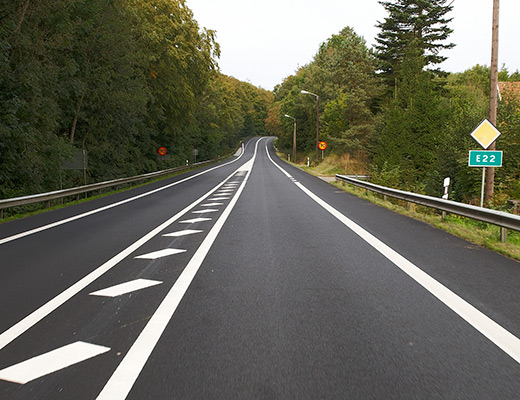 |
Why train engines are always turned ON on platforms? |
You might have noticed that diesel trains are never turned off. They are
always left running when they are on platforms for 30 or 40 minutes.
Have you ever wondered why would the railway department waste so much
fuel if the train isn't moving! It seems a bit strange, right? We will
discuss the reason behind this in this article.
1.) Every diesel engine has a battery and this battery is charged only when the engine is running, if this battery is not charged then the loco motive system of the train can fail. It takes about 20 minutes for the engine to restart when the red light comes on the way or if the diesel engine of the train is stopped for any reason. Apart from all this, a lot of diesel is required to start a diesel engine.
1.) Every diesel engine has a battery and this battery is charged only when the engine is running, if this battery is not charged then the loco motive system of the train can fail. It takes about 20 minutes for the engine to restart when the red light comes on the way or if the diesel engine of the train is stopped for any reason. Apart from all this, a lot of diesel is required to start a diesel engine.

2.)If the engine is
turned off for long periods of time, it takes another long span of time
to pressurizer (as compressors take power from the engine) the brake
lines. Trains, being large and heavy, need the optimal brake line
pressure for its efficient stopping. For obvious reasons, loco pilots
never compromise on brake line pressure.

3.)If the engine hasn't
been started since long (or, if the engine is cold), it takes quite an
effort to restart it. Depending on the size and construction of the
engine, it can take 10 to 20 minutes just to start it
4.) In some countries a diesel locomotive also provide hotel load to the coaches powering the air-conditioners, lights and pantry.
5.)Diesel engines don't really use that much fuel when idling, especially compared to the potential problems caused by shutting them down, so the engines are left running unless the train is being berthed for the night
Today's trains have ‘Auxiliary Power Unit (APU)' in order to reduce the fuel consumption while idling. This is a separate system for powering all the electronics, and is also found in aeroplanes. APU can also help in reducing the emissions in diesel locomotives.
It is clear from above points that engine is not shut down to save diesel consumption. Now you know why the diesel engine of the train is not stopped. Let us tell you that in coming time we may not get to see the diesel engines of the train, because diesel engines are being tried to replaced with electricity and this will benefit both the railways and the environment.
4.) In some countries a diesel locomotive also provide hotel load to the coaches powering the air-conditioners, lights and pantry.
5.)Diesel engines don't really use that much fuel when idling, especially compared to the potential problems caused by shutting them down, so the engines are left running unless the train is being berthed for the night
Today's trains have ‘Auxiliary Power Unit (APU)' in order to reduce the fuel consumption while idling. This is a separate system for powering all the electronics, and is also found in aeroplanes. APU can also help in reducing the emissions in diesel locomotives.
It is clear from above points that engine is not shut down to save diesel consumption. Now you know why the diesel engine of the train is not stopped. Let us tell you that in coming time we may not get to see the diesel engines of the train, because diesel engines are being tried to replaced with electricity and this will benefit both the railways and the environment.

Thank you for reading this article.

Nice ekta
ReplyDeleteThis comment has been removed by the author.
ReplyDeleteGood effort towards Engineering ekta
ReplyDelete